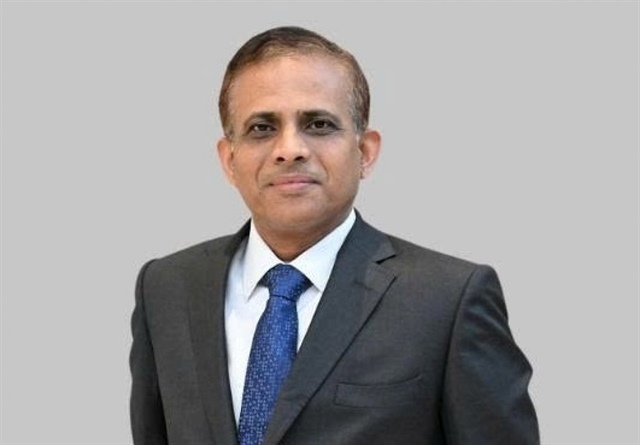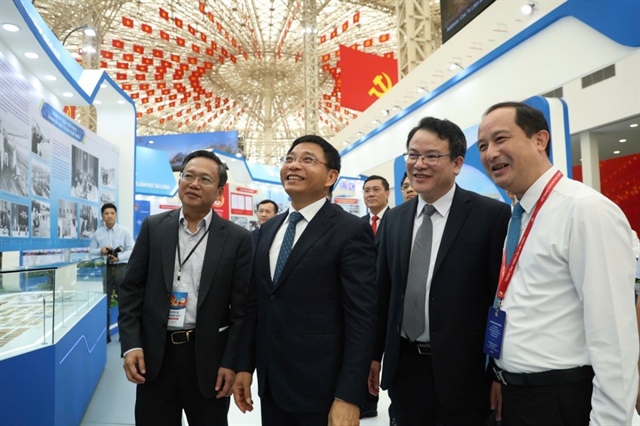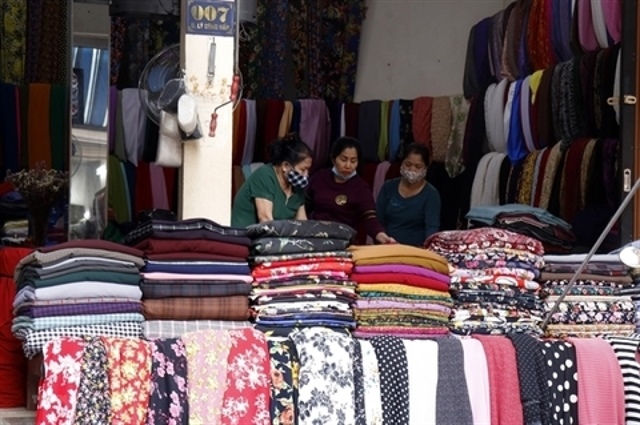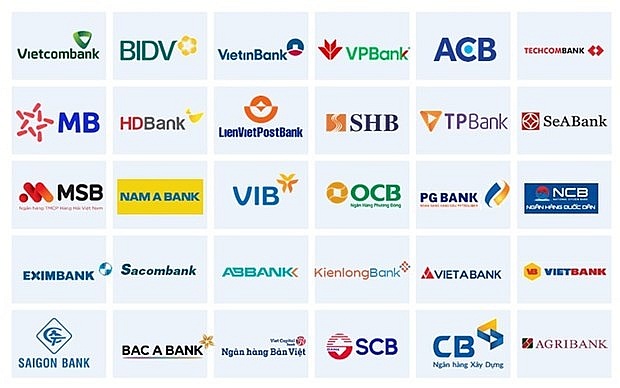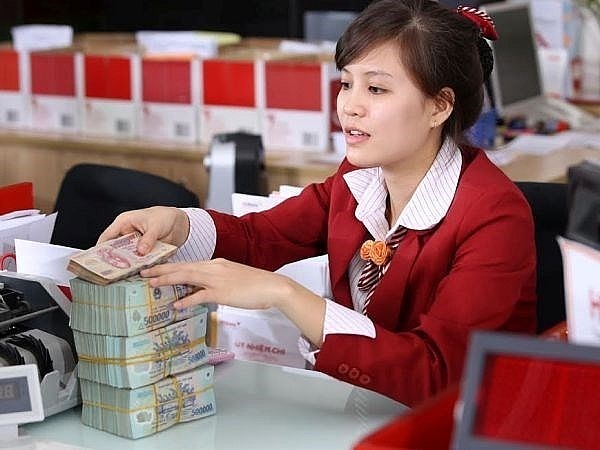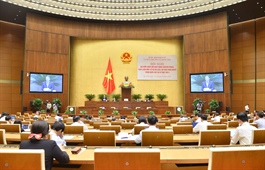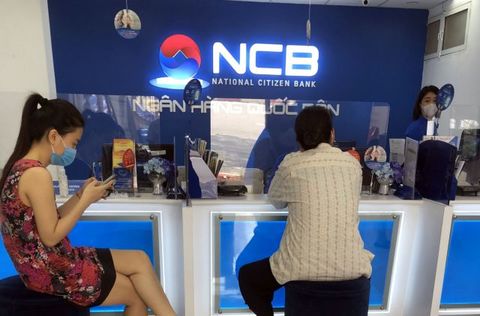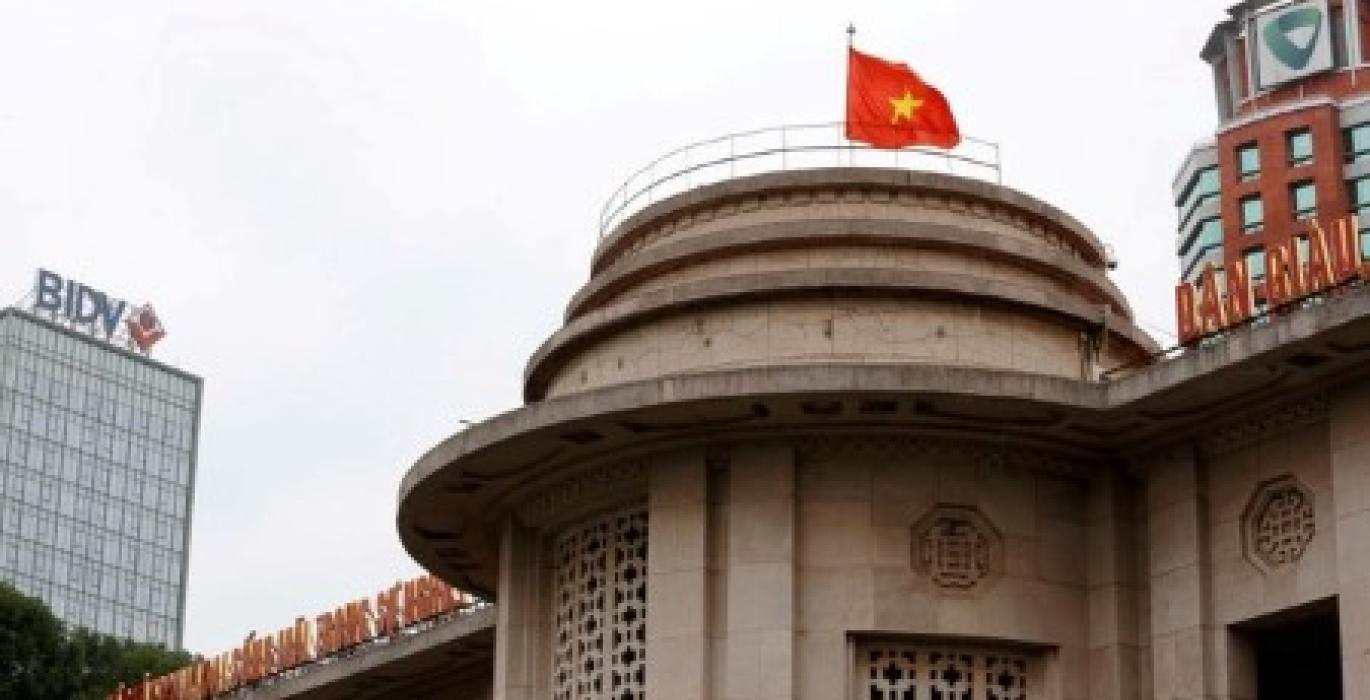Banks negotiate record foreign loans
Banks negotiate record foreign loans
The domestic private banking sector is aggressively seeking large-scale international loans to reduce the increasingly high cost of capital.
New records
At the end of the second quarter of 2022, Techcombank announced it had received a US$700 million syndicated loan with a green shoe option of an additional US$300 million. This transaction is the largest medium and long-term syndicated loan by a commercial bank in Vietnam. Techcombank has already borrowed US$500 million and US$800 million over each of the previous two years, respectively.
|
VPBank has also announced the successful mobilization of a three-year syndicated unsecured loan of US$600 million. The loan is co-arranged and fully underwritten by Sumitomo Mitsui Banking Corporation (SMBC) and Maybank Securities Pte (Maybank), with the involvement of various other parties. In all, VPBank has received three international syndicated loans jointly arranged by Japan’s SMBC bank this year.
The International Finance Corporation (IFC) and HDBank also reached a strategic cooperation agreement to help small and medium-sized enterprises (SMEs) access loans and participate in the global supply chain, including high-tech agricultural chains. IFC will help HDBank build a financing list of up to US$1 billion in the next three years and at the same time expand Supply Chain Finance (SCF) in the fields of building materials, agribusiness, fast-moving consumer goods (FMCG) as well as supporting industries and petroleum consumption.
Earlier this year, Southeast Asia Bank (SeABank) announced an expansion of its credit package funded by foreign capital from US$150 million to US$220 million after only six months of cooperation with the IFC in order to accelerate post-pandemic recovery of SMEs owned by women.
According to Stephanie Von Friedeburg, Senior Vice President of IFC, the capital for domestic financial institutions will contribute to strengthening the link of SMEs with the global supply chain, opening up opportunities for growth and creating jobs.
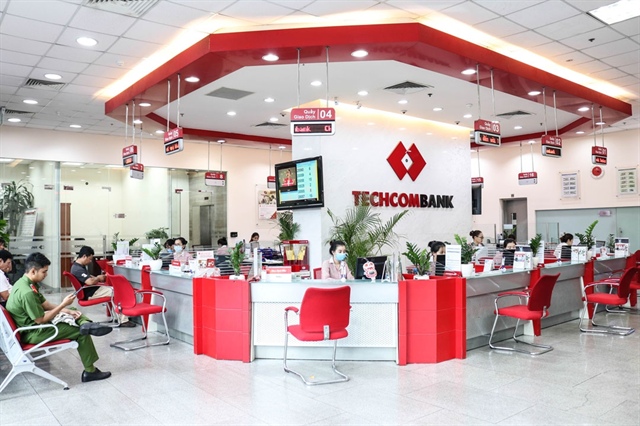
Mobilizing foreign capital helps domestic banks improve their operations with international financial institutions |
Reducing capital costs
In the past, international loans were mainly for trade finance purposes, but now they are more diversified and banks have been taking the initiative in securing them.
According to bank representatives, raising capital in the international market faces a challenge in the thorough appraisal of lending institutions, but the potential size and high Vietnamese market growth, along with strategies and segments of each bank, are also factors that attract foreign capital inflows.
Foreign capital will help banks stabilize their capital mobilization structure. This trend will continue as the ratio of short-term capital used for medium- and long-term loans continues to decrease in accordance with regulations in the coming time.
Many banks continue to increase capital mobilization from the international market because the costs are relatively low compared to those of domestic market borrowing. Domestic bank bonds issued in the international market are also a way to enhance long-term cooperation with international financial institutions. However, international capital mobilization will face challenges in managing interest rates and exchange rate risks. This challenge will grow in the context of US interest rate hikes along with tightened monetary policies of many countries.




